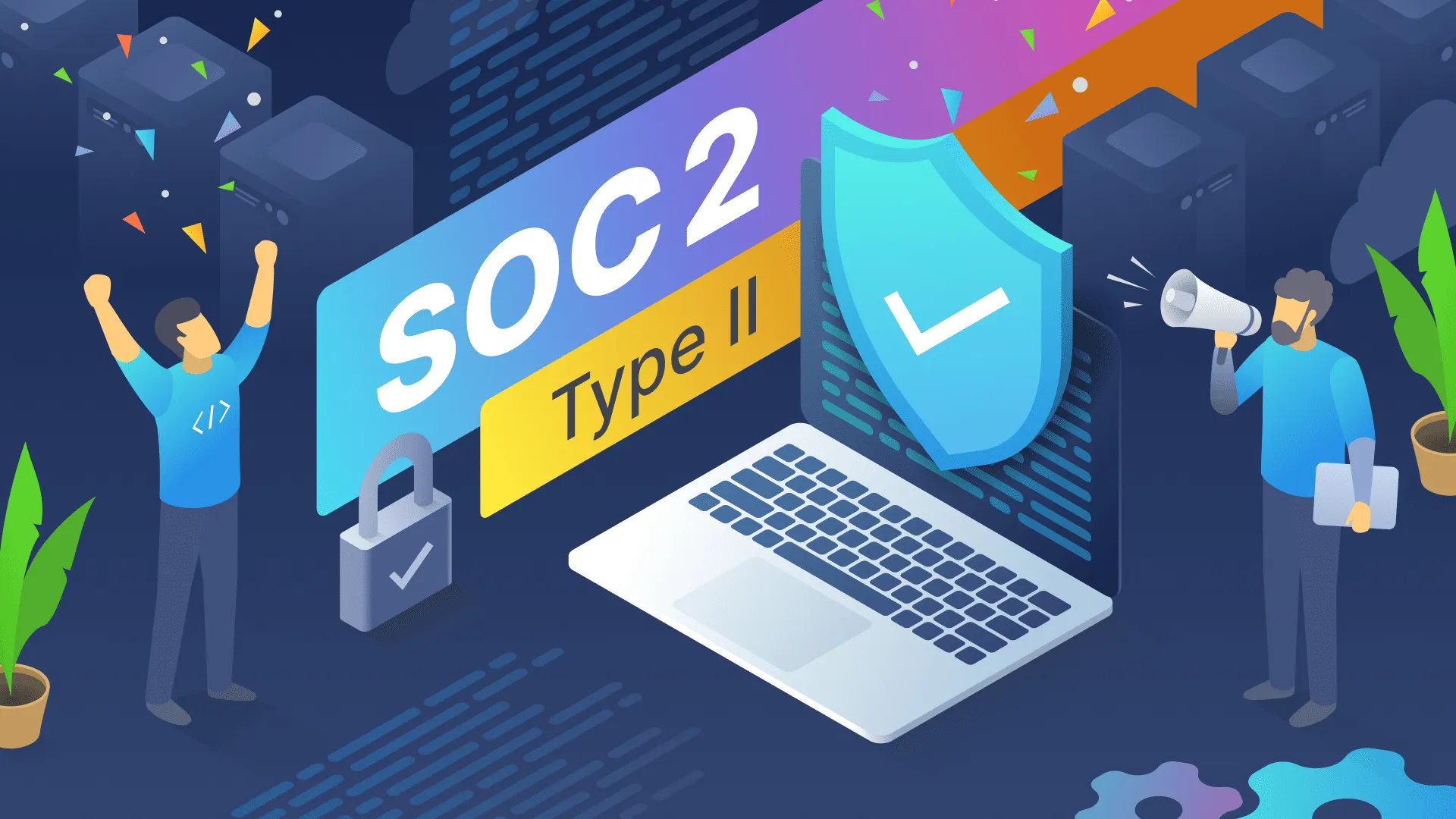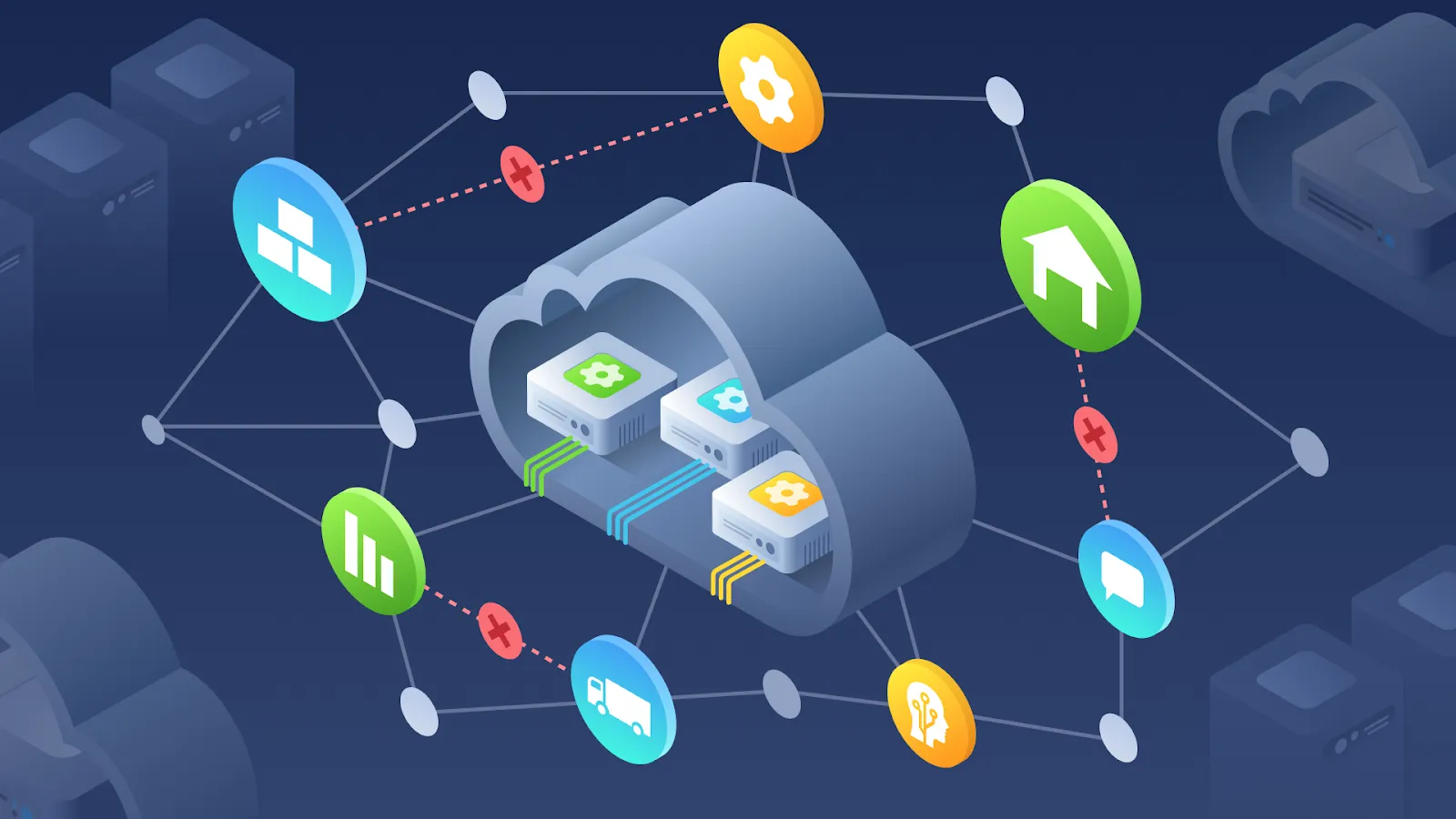As with Infrastructure as a Service (IaaS) and Software as a Service (SaaS), Platform as a Service (PaaS) represents a world of services where there is no need for clients to purchase expensive hardware. Instead, companies pay only for virtual server resources they use for their needs. At the same time, the required software is offered as part of the package.
Today, small and medium businesses realize that employing third-party cloud platforms is more cost-effective than maintaining their in-house systems. Such an economical approach depends on the scalability of PaaS, which means that clients do not need big upfront costs for a start. That allows PaaS software to increase in popularity. Gartner states that by 2022, the PaaS market will double in size compared to 2019 with a total number of 360 vendors, and “PaaS will become the prevailing platform delivery model moving forward.”
So what is cloud PaaS software and its common features? How can your organization benefit from cloud PaaS? And how to choose the best option for your business? Read in our blog post.
What is cloud PaaS software?
The emergence of cloud computing has created multiple “as a service” (aaS) offerings. Such solutions have an objective to simplify aspects regarding business infrastructure since they offer complete cloud platforms for handling databases, IT infrastructure, disaster recovery, etc.
Although PaaS sounds a bit generic, especially because platforms form the majority of cloud service offerings, the available PaaS solutions have a clear and very specific purpose. Companies use them for developing, deploying, and maintaining software and apps in the cloud. Thanks to building in the cloud, organizations do not have to possess relevant infrastructure because they depend on the infrastructure of PaaS providers or public, distributed cloud.
Ultimately, PaaS software provides equal or even greater power compared to their on-premises alternatives and supplies convenient accessibility and more efficient cost management during the development lifecycle. The particular products are perfect for organizations that lack the immediate infrastructure for building and deploying apps or expect their developed products to scale significantly.
Common features of cloud PaaS software
The core features of cloud PaaS software that can allow users to save their money and time are the following:
Prebuilt backend infrastructure. Among the critical parts that make PaaS solutions widely used is that they help reduce the setup time and cost required to create software and apps. Cloud PaaS software cares about all the prebuilt infrastructure requirements and empowers users to begin coding right now.
Development tools. Such tools can include multiple features such as text editors, code libraries, frameworks, etc. When considering a PaaS solution, there is a need to ensure that the particular software can handle the organization’s language requirements.
Diverse development capabilities. Companies can use cloud PaaS software for creating diverse products, including solutions to databases, apps, and many more. No matter what the buyer wants to develop, PaaS solutions must be able to handle it.
Management. Appropriate PaaS software must provide high-level management capabilities during pre-, mid-, and post-development phases. That includes reporting, code management, tracking, and many other different functions.
Deployment. The usefulness of the software developed with cloud PaaS solutions depends on the user’s ability to deploy it. Thus, PaaS provides organizations with the opportunity to deploy their software where they require it and then maintain it thanks to management features.
Key benefits and challenges of cloud PaaS
Here are some critical benefits and challenges of cloud PaaS software:
Benefits
- **Development speed. **PaaS software makes it possible for developers to create software more quickly by providing prebuilt backend infrastructure. Thus, developers need less time to set up the framework for their software or apps, which allows using the saved time for strengthening the performance and features of the particular software. Also, PaaS software typically involves staging and testing tools that help improve development speed thanks to the consolidation of such functions into one platform.
- **Scalability. **PaaS solutions are built for scaling with the organization’s requirements. Reaching larger or even global target audiences can affect companies significantly that may have no required infrastructure in place for handling such growth. Since PaaS software is cloud-based, companies use it for scaling development and hosting depending on their needs. At the same time, PaaS solutions put no infrastructure burden on business.
- **Reduced costs. **The majority of Paas solutions provide pay-as-you-grow pricing options depending on usage levels, which makes them beneficial for organizations that cannot afford different extensive development solutions. That allows building at a low cost and then scaling according to the rise in need or demand.
Challenges
- **Lack of control. **There are common concerns with various types of cloud service software, which means that everything offered as a service can be vulnerable to the provider’s outages and downtime. Although downtime may be helpful for improving the service platform, it also affects the PaaS tool functionality. That is very painful for developers. In the case when a particular service goes down unexpectedly, an organization has no power to return it online. Such responsibility belongs to the platform provider.
- **Vendor lock-in. **Switching solution providers from one cloud PaaS software to another needs too much work and expenses. Besides, it requires coordinating data migration, security changes, configuration changes, etc. After all, it must be critical for companies to spend a lot of time analyzing before selecting cloud PaaS software. This approach helps avoid potentially significant costs and prevent time consumption
Top cloud PaaS software overview
Products that belong to the overall cloud PaaS category have many similar features and help organizations of all sizes address their business issues. But small and medium-sized business peculiarities, pricing, setup, and installation are different from businesses of other sizes. Thus, it can be a challenging task for such companies to match to the appropriate cloud PaaS that will satisfy their needs.
Here we provide some reviews of top cloud PaaS software solutions for SMBs:
Platform.sh
Platform.sh allows building, evolving, and scaling a website fleet requiring no infrastructure management and time investment. You can get hosting, the opportunity for CI/CD (continuous integration/continuous delivery), automated updates, 24/7 support worldwide, and many more.
This end-to-end PaaS is beneficial for businesses that aim for cost-efficient management of multiple websites or apps. Finally, if comparing Platform.sh to other traditional PaaS providers, the first one provides you with a complete suite of tools that work together efficiently. Thus, teams use the particular PaaS for launching faster, scaling predictably, and investing in work that can deliver business value.
Salesforce Heroku
Heroku serves as a cloud application platform that provides a mix of computing, information, and workflow with high-productivity developer experience. This PaaS also offers significant control, collaboration, and compliance and brings the quickest way to deliver trusted client experience at scale to teams.
Among the main features of Heroku are the following:
- Improved privacy within a network-isolated runtime environment;
- Continuous scalability for meeting organization’s demand;
- Simplified compliance with different standards, including PCI, HIPPA, and SOC;
- Automated, CI/CD workflows that ensure optimal team collaboration;
- The ability to integrate with Salesforce data for building personalized experiences;
- An ecosystem of more than 150 third-party add-on services for accelerating development;
- Unified dashboard for managing apps, add-ons, billing, permissions, etc.
SAP Integration Suite
SAP Integration Suite provides rapid, scalable innovation through the organization and empowers practitioners beyond central IT for connecting people, processes, information, and devices everywhere. Besides, central IT can use the particular PaaS for creating a culture of innovation and enable self-service integration thanks to determining the relevant “guardrails” that allow business users to become citizen integrators.
As a consequence, line-of-business stakeholders gain an opportunity for unifying and customizing user experiences, accelerating innovation, and harnessing different synergic integration approaches, multiple intuitive tools, self-service capabilities, along with pre-packaged content. That helps promote rapid success.
Cloudways
Cloudways serves as a managed hosting provider that focuses on performance and simplicity. This PaaS offers not only a simple server or app launch but ongoing service maintenance. Therefore, with Cloudways, you can forget about different hassles regarding server management and continue concentrating on growing your business. After joining the platform, you obtain a set of powerful tools and services for managing your business websites.
The fundamental feature of Cloudways is choice - regarding cloud providers, regarding hosting almost all PHP-powered apps, regarding using a paid or free SSL, or regarding developer and agency-focused workflows. Ultimately, having a choice of five IaaS providers, including AWS, GSE, and Linode, and numerous versions of popular apps such as WordPress or Magento, the Cloudways users can configure the particular platform for satisfying their operational needs and fitting business processes.
Google App Engine
Google App Engine allows building and hosting scalable web and mobile backends in all languages on Google’s infrastructure. With this cloud PaaS, you can supercharge the app with different services, including Task Queue, XMPP, or Cloud SQL. At the same time, you gain an opportunity to manage your app thanks to a simple, web-based dashboard that also allows customizing app performance.
Clients can also use Google App Engine for conducting testing activities of their inbuilt apps since the performance of the particular cloud PaaS is as appropriate as a space provided for a server. In addition, GAE apps are suitable for microservice architecture. Lastly, the UI is very simple for navigating, which makes it easy to understand for people who are taking their first steps in cloud technologies.
AWS Elastic Beanstalk
AWS Elastic Beanstalk serves as an easy-to-use way to deploy and scale web apps and services developed with different languages such as Java, .NET, PHP, Node.js, Python, or Ruby on familiar servers, including Apache, Nginx, Passenger, or IIS. The ability to support multiple programming languages makes it possible for development teams to experiment with various frameworks and allows for rapid prototyping using the same platform.
The indicators and metrics AWS Elastic Beanstalk provides help ensure that the app cannot be saturated and face performance issues since the application can scale the required resources automatically. Besides, you can integrate the particular cloud PaaS software with current build processes easily and manage it via a set of CLI (command-line interface tools).
How to choose the right cloud PaaS?
When looking for cloud PaaS software, whether it is the first time or for replacing current tools, companies must consider the relevant must-haves in terms of pricing structure, feature suite, or integrations. For instance, an organization can search for a straightforward cloud-hosted development environment instead of investing in a robust, multifaceted platform that handles everything from deploying to monitoring performance.
The potential buyers should focus on the features they require for starting the development process on a hosted platform, then analyze the available reviews to find the best-fitting solution and ensure the appropriate integration with the other tools they use. After all, the clear identification of the organization’s needs helps narrow down the available pool of cloud PaaS solutions and enables decision-makers to conduct more direct comparisons for finding the best possible tool for their requirements.




